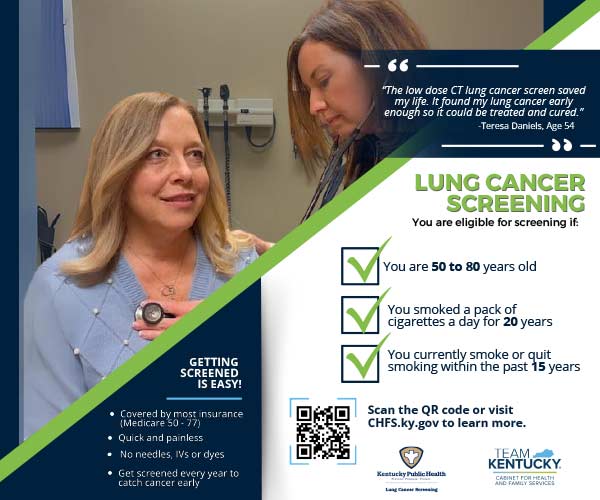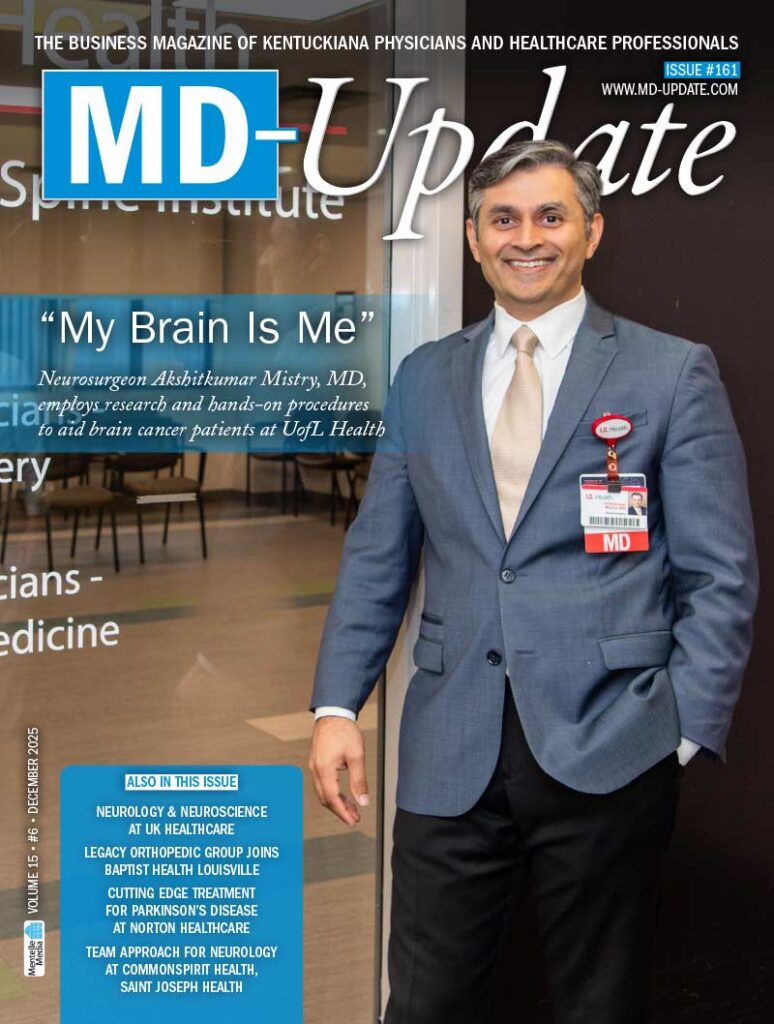Pacemakers are exciting again, says Kevin Parrott, MD, Baptist Health EP Specialist
LOUSIVILLE A history of the development of the modern pacemaker was written by O. Aquilna in the April 2006 issue of Images in Paediatric Cardiology. It states that “The first battery-operated, wearable pacemaker was created in 1957, by Earl E. Bakken, an electrical engineer, TV repairman, and co-founder of Medtronic Inc.”
The article goes on to state that Bakken and his brother-in-law, Palmer Hermundslie, co-founded Medtronic in 1949 in a garage in northeast Minneapolis. The company had existed as a repair service for hospital electrical equipment and a regional distributor for other manufacturers.
Medical historians regard Bakken’s pacemaker as one of the first successful applications of transistor technology to medical devices, helping launch the new field of “medical electronics.” In the entire history of medicine before 1957, there had never been a partly or completely implantable electrical device.
The first totally implantable pacemaker was made in 1958, and the first long-term correction of heart block with a self-contained implantable pacemaker was achieved in 1960. The diameter and thickness of that pacemaker were approximately the same as a can of shoe polish.
Meet Kevin Parrott, MD
Kevin Parrott, MD, is the director of electrophysiology at Baptist Health Louisville. He grew up in London, Kentucky, in the southeastern part of the state. He went to Duke University for his undergraduate degree and the College of Medicine at the University of Kentucky for his medical degree. He returned to Duke for his medical residency and then back UK for a fellowship in cardiology and electrophysiology. He joined Baptist Health in Louisville in 2018.
“I chose cardiology early on in medical school because I liked the hybrid nature of it, the ability to be a proceduralist and also a medical doctor,” says Parrott.
When asked whether there is more atrial fibrillation in the current population than in previous decades, Parrott replies, “I think that there’s more awareness about certain conditions that I treat, and more knowledge that there’s treatment available, like AFib ablation. Whether that represents a true increase in the prevalence of the disease is not clear to me. I think in the past, AFib was largely overlooked or just accepted. Patients weren’t really offered treatment, or they didn’t know about it. But due to changes in medical education, we’re seeing a lot more people with AFib in clinic.”
Meeting the AFib Patient Where They Are
Parrott says that his patients range from 18 to 100 years old, with the majority being elderly, about 60% male versus 40% female. “Some patients are clearly symptomatic and they want relief. Some don’t have many symptoms, but they’re worried about the long-term consequences of AFib. We assess what the patient wants and focus on that. We talk about an ablation, or potentially a pacemaker implant, or alternatives such as anti-arrhythmic medications. I try to be very patient centric,” he says.
A very common, almost everyday question for Parrott is, “If this were your family member, what would you do?”
“I like my patients to have some input. Some people want to be directed; others say, ‘This is what I want.’ A lot of things that we deal with are semi-elective. The choice to get an ablation for a supraventricular tachycardia, an SVT, is going to vary from patient to patient, based on how much they are having it. How big a problem do they view it as, and what’s their fear of it, and what’s their fear of the procedure?”
“You really just have to kind of assess all those things,” says Parrott.
Pacemakers Were Boring
Parrott recalls that when he was in fellowship training, “Pacing was a little boring for electrophysiology. People had bradycardia or heart block, and they got a pacemaker. But over the last three or four years, pacing is really having a moment.”
That “moment” is conduction pacing, where the pacemaker is placed in the heart muscle. Parrott explains, “We specifically target the lead to capture the native conduction system. This gives us a very natural heartbeat with pacing, very close to the natural beat, and it avoids some long-term complications with pacing therapy, such as a pacing-induced cardiomyopathy.”
“We’ve been real pioneers in that. My partner, Dr. John Mandrola, was doing his pacing, a form of conduction pacing before 2019, and we really started in earnest in 2020 doing conduction pacing from the left bundle location,” says Parrott. Since then, they have done hundreds of cases, and are now in a NIH-sponsored conduction-pacing trial.
Another innovation in pacemakers is the option for leadless pacing. “There are two leadless pacemakers on the market,” says Parrott, “MICRA made by Medtronic and the AVIER.” In a traditional pacing system, a battery is placed externally to the chest cavity and heart under the skin on the chest wall. It is connected to the heart tissue with thin wires called leads running from the battery to the heart through veins. Leadless pacemakers are able to be implanted directly in the heart, eliminating any external evidence of a pacemaker or the need for leads to connect them to the heart.
“We’ve always known that the weakest point of a pacing system is the leads. They are the most failure-prone part of the system. By taking those out, we get a very reliable pacing system, a very long longevity of the pacemaker, up to 15–20, years, depending on the specific requirement to the patient, and we avoid some long-term complications like lead failure and infection,” says Parrott.
Another advantage is that new leadless pacemakers, such as the AVEIR, offer the ability to do true dual-chamber pacing, to pace in both the atrial and the ventricle, and to do atrial-only pacing. “Previously, all leadless pacemakers were for ventricular pacing only, so that limited the patient population that we could use them on. But now we basically have a leadless option that we can offer to almost any patient, depending on what condition they have,” says Parrott.
The Future of Pacemakers
Parrott speculates that in the future he will have a leadless conduction pacing, the best of both worlds. “Those are in development. We’ll probably see those within five years, I hope,” he says.
Most of Parrott’s collaboration is with cardiac surgeons, because “we really take a strong interest in managing patients’ devices. We also do lead extraction, which is when we remove these leads if there’s an issue, like an infection or a problem with the lead. The cardiac surgeons back us up in those procedures,” he says.
“We also collaborate with the structural heart team if the patient needs a pacemaker after their surgery. We provide that for them, and we’re able to give them the option for different types of pacing therapy for the patients,” says Parrott.
Collaboration and Early Detection
Awareness of atrial fibrillation and getting patients referred to an electrophysiologist earlier in the course of their disease is important. Parrott feels that there’s good evidence that intervening earlier in atrial fibrillation is better because it tends to be a progressive disease. “What we often see is for patients that have AFib, it’s more of an annoyance for them. They have these intermittent episodes, and maybe they are hospitalized once and they are going in and out on their own. They just kind of live with it. Some patients never get referred to electrophysiology until they develop persistent AFib, where they’re in AFib all the time,” says Parrott.
“Treatment is available, and it’s better to do something earlier. That’s why our program is cutting edge. We practice the latest medicines in EP, we brought the new AFib ablation technology to Louisville with pulse field ablation, with conduction pacing, and we’re pioneers in lead extraction and lead management.
“I’m from Kentucky. I’m proud to be from here, and I like to provide the best possible treatment,” says Parrott.



